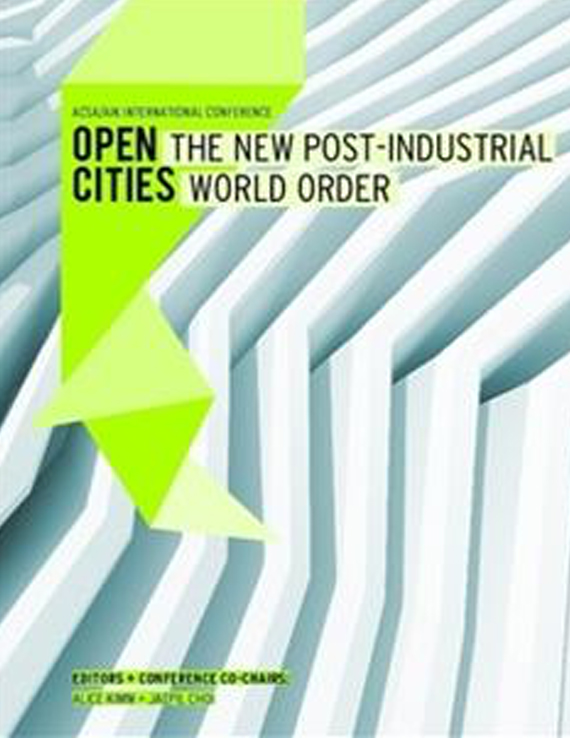Author(s): Daniel Malka & Maya Przybylski
In recent years, practitioners and researchers in the fields of architecture, landscapearchitecture and urban design have become increasingly interested in developingecologically-informed design strategies. Within this setting, ecology is notsimply a synonym for the environment, nor does it necessarily suggest a ‘green’agenda; instead, it emphasizes a system-based holistic perspective of a given context.With such a definition in mind, a growing body of work acknowledges lessonsacquired from ecological science, presenting natural systems as dynamic, interconnected,resilient, complex and indeterminate, and attempts to situate strategiesfor design within this flux. Yet, the tools and methods currently used by designerswith which to advance such work are limited. The familiar practice of mapping, informats such as spatial maps, timelines, organizational diagrams, and other modesof visualization, is the central driver currently used in presenting, synthesizing andmobilizing ecologically-oriented, systems-based design interventions. However, inmost cases, such drivers are offered as-is, with little explication of their validity, assumptionsand limits, and, as a result, are fundamentally bounded by the limits ofecological metaphor. Although metaphor is recognized as a useful communicationtool across disciplines, there is a “rich technical world” that stands behind it; onewhich offers much opportunity to ecologically-informed design practice.Surpassing the boundaries of ecological metaphor demands a set of tools whichcan deal with managing the dynamic processes and forces, flows and feedbackloops, which characterize ecological systems. While current techniques are helpfulin isolating and abstracting certain aspects of these ecosystems, much of theirinherent complexity is lost due to our human limits in managing and working withcomplex, parallel relational chains. Herein rests an opportunity for computationaldesign to appropriate ecological modeling, as a point of access to the full technicalrichness of ecological science. In this context, the computational designer is ableto abstract a problem for initial action and then, relying on the machine as anautomatic accountant, incrementally rebuild the lost complexity, thereby allowingthe relevant characteristics of the problem space to be maintained.An appropriation of ecological modeling into design practice offers a parametricand relational framework for advancing ecologically-informed design as a processof formation, which affords both generative and exploratory opportunities to thedevelopment of landscape infrastructure. Similarly, hybrid ecological models,which couple multi-disciplinary parameters and characteristics, offer a mechanismfor simulating emergent ecological-urban possibility spaces, extending a designersability to both navigate and cultivate epigenetic potentials, toward the formationof a synergistic territory where human-centered needs and ecosystem logics coexistto mutual benefit.Such a vision need not be utopian; emerging thinking and investigation surroundingnatural capital and ecosystem services suggest that market-driven metricsneed not be left behind. Drawing on existing precedents around the world ofsuch redirected agency, we can begin to speculate on a new future for the postindustrialcity that resists simple categorization and advances a new language foremerging landscape potentials.
Volume Editors
Alice Kimm & Jaepil Choi
ISBN
978-0-935502-91-6

 Study Architecture
Study Architecture  ProPEL
ProPEL 
